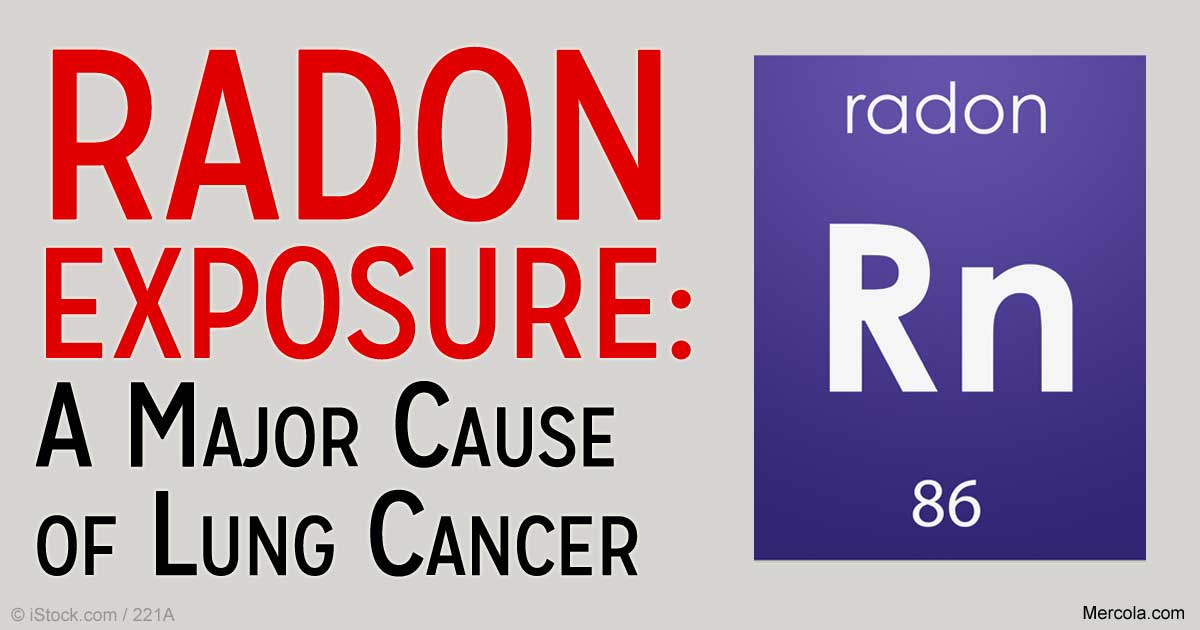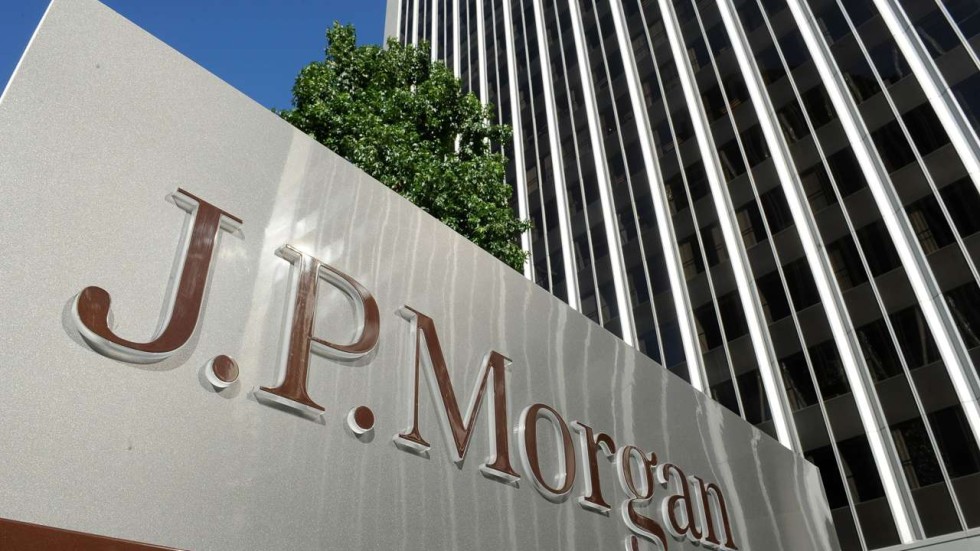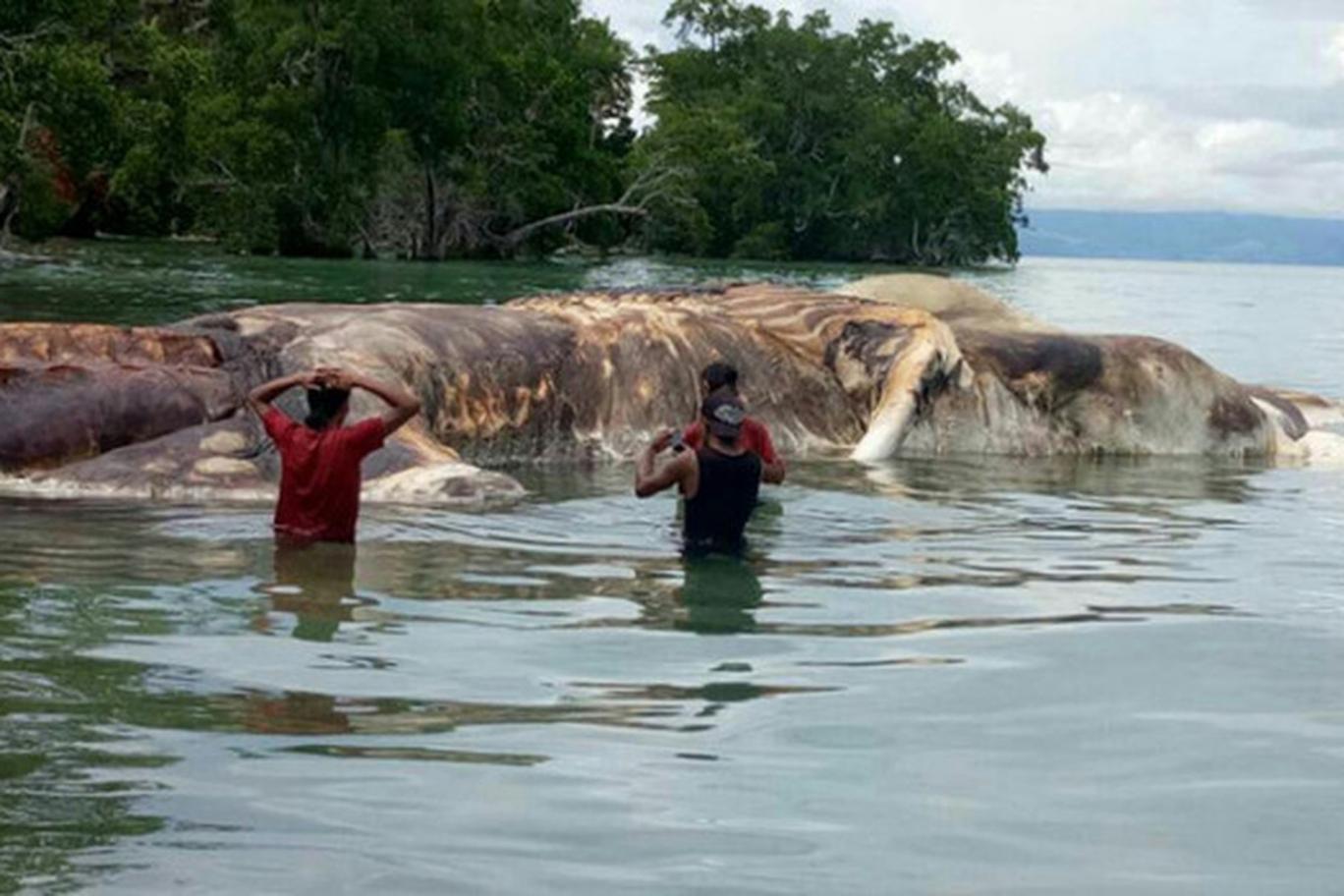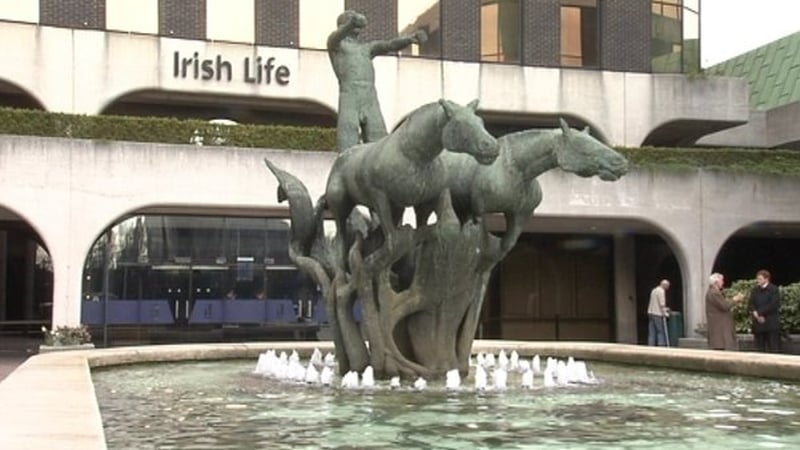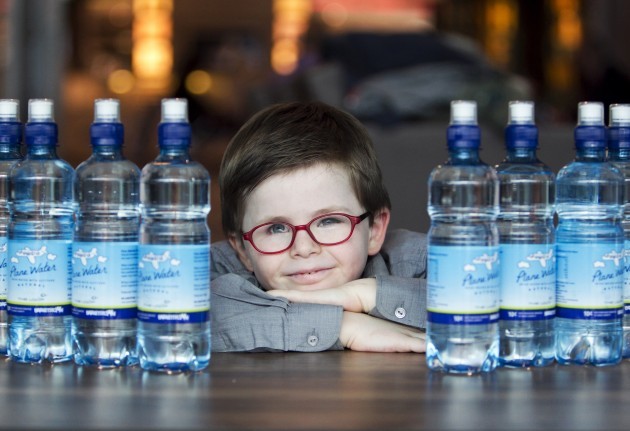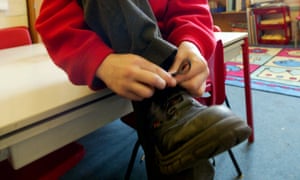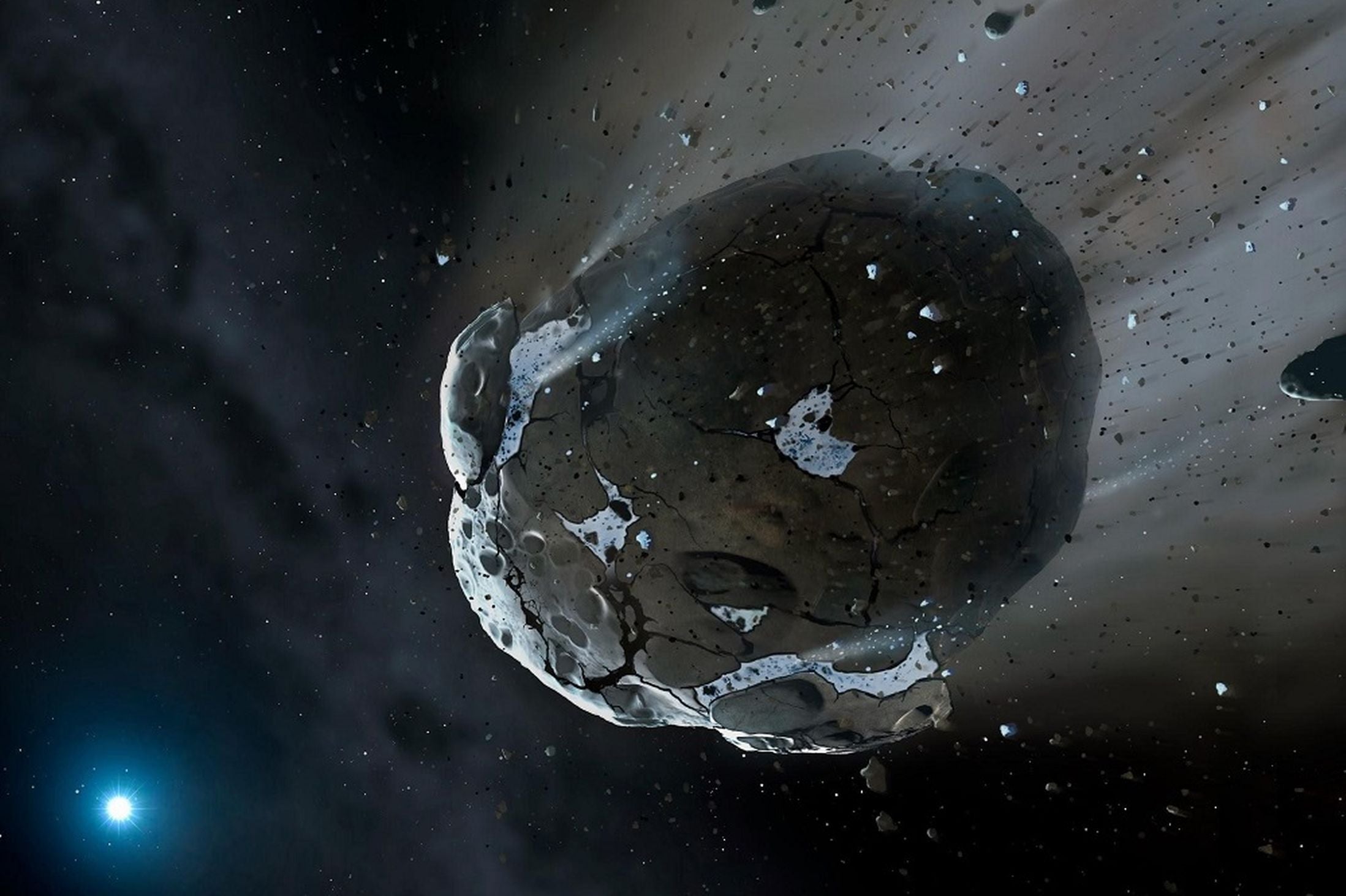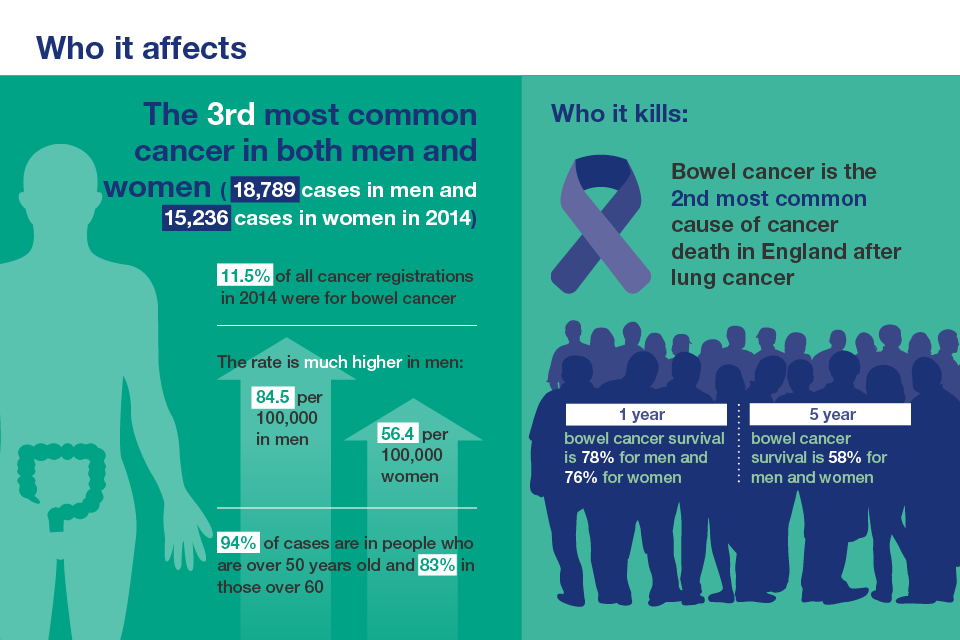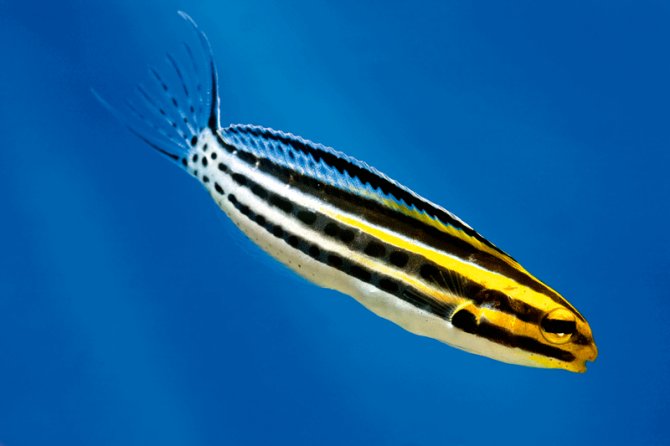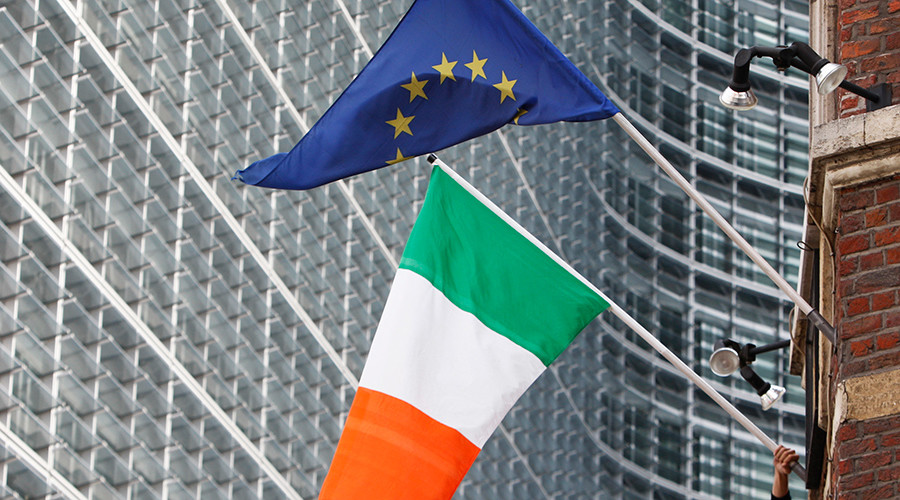Saturday/Sunday 12 & 13th September 2015
Michael Noonan says Tax hikes are possible in next budget
Finance Minister Michael Noonan has revealed that the Coalition may hike taxes in next month’s budget to help increase Government spending.


Mr Noonan also privately told Fine Gael TDs yesterday that the Government is looking at overhauling Nama’s role so it can become a type of housing authority.
At the party’s pre-Dáil meeting in Adare, Co Limerick, he spoke about Fine Gael’s election priorities and said the Coalition was planning a cycle of budgets.
“It [economic recovery] has spread widely through the country now — all the cities, Cork, Limerick, Galway and a lot of the hotspots like Kilkenny, Kenmare, and Westport. There’s very strong economic growth.”
hildcare support, the treatment of the self- employed, and reducing personal taxation will be priorities for Fine Gael at the next general election, it was announced.
Mr Noonan said it was still his plan to allocate €750m on tax cuts and the same amount on funding services in the budget. But he indicated for the first time that the figure could increase if further taxation measures are introduced. The minister also strongly hinted that a further hike in duty on tobacco may be on the cards in the budget.
“There can be variations on that [splitting €1.5bn] because under the fiscal rules, if we were to raise taxes, it can increase the space. If we were to collect another €200m in taxes, €1.5bn would become €1.7bn because you can spend receipts of extra taxes.
“But we’re not really minded to do a lot on tax increases. We may raise some taxes, obviously on health grounds. There’s always an interest in raising duty on tobacco. We won’t rule it out completely.”
During a private session with TDs and senators, Mr Noonan said the Coalition parties were considering changing the remit or mission statement of the National Asset Management Agency, so its work with be similar to that of a housing executive.
“It has the tools, land and manpower. Why not?” said a TD. One minister confirmed the plan and said it would help alleviate the housing shortage if Nama had a direct role in the private sector, rather than solely acting as a “bad bank”.
Mr Noonan told reporters that a new model was being considered to alleviate the housing shortage. He said the issue was discussed at the think-in.
“There was quite a strong view that we need a major housing programme,” he said.
There was a need to deliver family homes, private houses, three-bed and four-bed semis and detached units, he said.
Earlier, Taoiseach Enda Kenny ruled out any reductions or changes to water charges if Fine Gael are returned to power.
He said prices would remain fixed until 2019 and that the decision was the right one.
Mr Kenny said he would serve out the full five years as Taoiseach if the Coalition is returned to power.
We have enough food to end our world hunger, says our Bono
U2 singer used to ‘create a stir’ at Expo 15 in Milan and put pressure on states to donate
Bono and Italian prime minister Matteo Renzi at Expo 2015 in Milan last night. Renzi acknowledged that Italy could provide more food aid and distribution.
“These are big questions: can we face the problem of hunger in the world, can we fix the problem of poverty in the world, can we fix the problem of conflict in the world? With regard to the first two of those three, I can speak with confidence when I say yes, absolutely.
“There is already enough food in the world to feed the world. It is not the lack of food but rather the lack of will to distribute the food that is the problem”.
Bono was the speaker, and he uttered these sentiments at an Expo 2015 event in Milan last night, jointly organised by the Irish and Italian Ministers for Agriculture, Maurizio Martinaand Simon Coveney.
In its five months, Expo 2015 will have seen nothing like last night’s crowds, excitement and occasional hysteria as the fans, patrons and tourists gathered to hear the U2 frontman, referred to by Coveney as the “most influential Irish person on the planet”.
Last night’s event, largely, the brainchild of the Irish Minister Coveney, was billed as the launch of a campaign to highlight world hunger.
On the platform with Bono were the Italian prime minister,Matteo Renzi; Ertharin Cousin, executive director of the World Food Programme (WFP); and Sudanese ambassador Amira Gornass, future chair of the UN FAO Committee on Food Security.
“The Irish Minister said he was anxious that we try to do something big at Expo. Even if the Irish pavilion here has had a million visitors, the real theme of Expo is about feeding the world, particularly at this moment, when we face the challenges related to the mass movement of people in the Middle East and north Africa, across the Mediterranean and also into the Balkans.
“Feeding large numbers of people represents a really complex challenge.
Bono pressure?
The Minister went on: “What we have tried to do is use the fame of Bono, bring him here, cause a stir and put pressure on [countries to donate]. Ireland is coming here with a big package, namely €60 million over the next three years for the WFP.”
Both Bono and Coveney said out that the WFP – “the world’s largest humanitarian aid organisation” – in effect relies on ad hoc donations, and that it currently feeds more than four million displaced Syrians.
Next winter, however, it may be forced to stop supplying food to up to 250,000 Syrian refugees in Jordan because it has simply run out of money.
“That is something that has to change, globally and collectively,” Coveney said, “and I hope that is the big message that will come out of this evening.”
For his part, the normally verbose Renzi was happy to take a back seat, expressing his thanks to Bono but adding that Italycould do much more.
Pope John Paul II. 
Renzi recalled Bono’s involvement in a Drop the Debt campaign back in the 1990s, when the singer famously plonked a pair of cool dude shades on Pope John Paul II during a meeting at Castelgandolfo.
Renzi said that the world has not made enough progress in dealing with hunger and debt since then.
The WFP’s Cousin was another to thank Bono for lending his name to the campaign, acknowledging that had it not been for his presence on stage, “all you young people out there” would not be here to hear about the issues.
She said simply that, for many, “without food there is no hope. For these people, a piece of bread is a feast from God. But when you have no hope, you take the desperate measure, you do whatever is required in order to feed your family.”
Cuts to programmes.
It was Bono, however, who best summed up the meaning of Sunday night’s conscience-raising event.
“To me it seems extraordinary that, in the middle of a refugee crisis, the WFP find themselves having to cut their programme in Jordan, where they are doing extraordinary work. That is politically unacceptable to everybody under this sky this evening.
“This is not good enough, and neither the Italian people nor the Irish people will have it.”
Where else do landlords make the most money off our students?


New research suggests that Edinburgh is the place where landlords make most money off students. Sorry about that if you’re planning on studying there.
In fact, four of the top five most lucrative locations are in Scotland, with Coventry being the top English spot in second place.
Property site Zoopla looked at where investors can get the best return from buying up properties near universities and letting them out to students.
In Edinburgh, buy-to-let investors can expect a rental yield of 6.11% for doing so, while in Coventry it is 6.03%. Aberdeen is the third most profitable at 5.66%.
But while renting to students in Scotland is proving a veritable goldmine, the same is not true in the North of England.
Renting to students in Middlesbrough would mean a yield of just 1.47%, less than a quarter as profitable as Edinburgh.
Lawrence Hall of Zoopla commented: “Many Scottish universities are now internationally renowned, with thriving undergraduate and graduate environments.
“This means demand for rental accommodation in university areas is very high, as throngs of students compete to live near their campuses.
“Combined with Scottish house prices still remaining relatively low, this equates to excellent yields.”
Gluten-free diet fads put coeliacs at some big risks


Opting for a gluten-free diet as a lifestyle choice rather than because of an actual intolerance to gluten is sending mixed messages to workers in the hospitality industry about what coeliacs can or cannot eat.
That’s according to Dr Nicholas Kennedy, president of the Coeliac Society of Ireland (CSI), who said there are growing numbers of people on gluten-free diets “that have no medical requirement to do so”.
“What you have is people who are not coeliacs, on a very lax gluten-free diet, and they go into a restaurant and ask for gluten-free dishes, and they have a starter and a main course and then they see there’s nothing [gluten free] fascinating for dessert and they opt for cheesecake. That’s just a mixed message for the restaurant staff. People being slack about their gluten-free diet is causing problems for actual coeliacs,” Dr Kennedy said.
“You are either coeliac or you are not. It is not a question of ‘how coeliac are you?’” Dr Kennedy said.
Another problem was the increasing number of people self-diagnosing gluten sensitivities which, he said, could cause difficulties when it came to being clinically tested for coeliac disease.
“Eliminating gluten from your diet before testing may result in a false negative result,” Dr Kennedy said.
People who self-diagnosed were also potentially denying themselves the opportunity for proper long-term management of their condition, he said.
Dr Ciarán P Kelly MD, professor of medicine at Harvard Medical School, said it had become increasingly popular to adopt a gluten-free diet and that, in the last decade, the market for gluten-free products had grown by more than 20% each year.
Dr Kelly, who along with Dr Kennedy, was addressing the Association of European Coeliac Societies annual conference in Dublin, outlined how consuming gluten causes symptoms such as bloating and discomfort in coeliacs, but also intestinal injury, high coeliac antibodies, malabsorption, and nutritional deficiencies.
If untreated, it can lead to complications such as osteoporosis. Those with coeliac disease tend to have a genetic predisposition towards the disease. It can be associated with other autoimmune diseases, and the only treatment is a lifelong strict gluten-free diet.
In contrast, those with non-coeliac gluten sensitivity tend to have no known genetic predisposition; no known complications; and the strictness of their gluten-free diet may vary.
Sinn Féin TD Caoimhghín Ó Caoláin, whose four children have coeliac disease, spoke in support of targeted screening directed at first blood relatives of those already identified as coeliacs.
Coeliac disease is more prevalent in those of Irish descent and an estimated 45,000 people are affected in Ireland. People with coeliac disease cannot tolerate gluten, a substance in wheat, rye, and barley.
Go west to Sligo Ireland for stunning scenery, great & perfect pubs and poetry galore
Deirdre O’Brien tells us on how a trip to the WB Yeats’ Land of Heart’s Desire finds the poet in us all?



The sign on a pub in Sligo reads: “This space is saved for my birthday party, please keep it free from 6.30. Love W. B. Yeats.”
By the appointed hour the party, at Hargadon’s Pub in Sligo, was in full swing with trucks of oysters being washed down by pints of Guinness. But the guest of honour was never going to make it – as the party was for his 150th birthday, and he’s been dead since 1939.
Still, the Irish never let inconvenient details stand in the way of a good thrash, and they weren’t going to miss out on celebrating the anniversary of the birth of a famous and beloved son.
Ireland is sometimes called The Land of Saints and Scholars and for many of the natives, Yeats, a Nobel laureate as well as a statesman, is regarded as a bit of both.
Although he was actually born in Sandymount in County Dublin, nowhere claims him more fiercely than Sligo, the county in the West where he spent idyllic childhood holidays and is now buried.
He called it “The Land of Heart’s Desire” and before his death and original burial in France, he left the instruction ‘dig me up and plant me in Sligo’. That was exactly what was done. His final resting place is now the graveyard of ¬Drumcliffe Church.
But Sligo feel that Yeats belongs to them, not least because the wild, rugged landscape of the county inspired much of the beauty of his romantic poetry, such as the famous poem The Lake Isle of Innisfree.
And while a trip to Sligo won’t turn us all into Nobel laureates, everyone will be wowed by the sheer beauty of the landscape.
A good place to start isInnisfree itself – the name Yeats gave to Lough Gill. A beautiful body of water, it’s perfect for a boat cruise.
Sunshine is never guaranteed here, but the day we visited the heavens obliged with a double rainbow – pointing exactly to the island thought to been Yeats’ inspiration. Nice work, Mother Nature.
On the lake’s border is Parke’s Castle, a beautifully restored 16thC fortress, which hosts some interesting exhibitions about life in Ireland, including some frightening realistic waxworks. heritageireland.ie/en/north-west/parkescastle
The other massive draw for Sligo is the coastline known as The Wild Atlantic Way. Stretching for 2,500kms, it is one of the world’s longest coastal driving routes. We started out on Streedagh Beach.
The views are breathtaking, and while the weather can be bracing, if you wrap up warm, the rolling breakers, the riot of wild flowers, the raw sea air, and the bursts of sun will be guaranteed to lift your spirits.
You can bike, hike, ride horses, surf or swim or take a tour. Seatrails offers a great walk conducted by a very knowledgeable archeologist. seatrails.ie
Sligo Town itself is a pretty old fashioned place, with a sleepy vibe. Hargadons pub is well worth a pit stop. Look out for the two huge murals, one of WB himself and the other, of Maud Gonne, the beautiful revolutionary who captivated him.
The neighbouring county is Leitrim, known as Lovely Leitrim. One of the least populated counties in Ireland, what it lacks in population, it makes up for in landscape, including some picture-postcard pretty villages especially the charming Drumohair.
We stopped for lunch at the Stanford Inn, the sort of perfect Irish pub that serves delicious food, a warm welcome and Guinness a world away from the stuff served across the water.
A really special place is the Holy Well at Tobernault, an age old site of worship, where the Druids used to congregate in secret. A peaceful pilgrimage site, its waters are said to have healing powers.
Sligo may feel like a world away from the stresses of city life, but it’s just three hours drive from Dublin.
A trip to the wild West and a few days soaking up the culture of Dublin’s Fair City make for a magical combination no doubt a heart’s desire indeed.
Russian cosmonaut Gennady Padalka sets space time record
The Russian astronaut Gennady Padalka has returned to Earth with the record for having spent the most time in space.


The 57-year-old’s latest mission lasted 168 days, bringing his total to 879 days in space over five trips.
This is two months longer than the previous record set in 2005 by Russian Sergei Krikalev over six missions.
Mr Padalka and two other members from the International Space Station (ISS) landed safely in Kazakhstan on their Soyuz spacecraft just before sunrise.
The capsule descended after re-entering the Earth’s atmosphere under a parachute.
Gennady Padalka
- Graduated as a pilot and became a colonel in the Russian Air Force
- First journey to space was in 1998, to Russia’s Mir space station
- Only person to have commanded the ISS four times
- He beat the previous record for most time in space on 28 June 2015
- Has participated in 10 spacewalks
What are the challenges of living in space?What are the challenges of living in space?
A ground crWhat are the challenges of living in space?ew rushed to welcome and extract the three astronauts from the charred spacecraft and medics checked their condition.
“I am fine,” Mr Padalka told them as he sipped tea and ate an apple, the AFP news agency reports.
Mr Padalka’s companions – Andreas Mogensen from Denmark and Kazakh Aidyn Aimbetov – are both novices in comparison, having only spent 10 days in orbit on what was their first mission.
Mr Aimbetov had travelled in place of British soprano Sarah Brightman, who had been due to made the trip as a space tourist but withdrew from training in May citing family reasons.
Six astronauts now remain on the ISS, including Nasa’s Scott Kelly and Russia’s Mikhail Kornienko, who began a 12-month tour of duty in March – the longest continuous stay anyone would have been aboard the 400km-high (250 mile) orbiting platform.













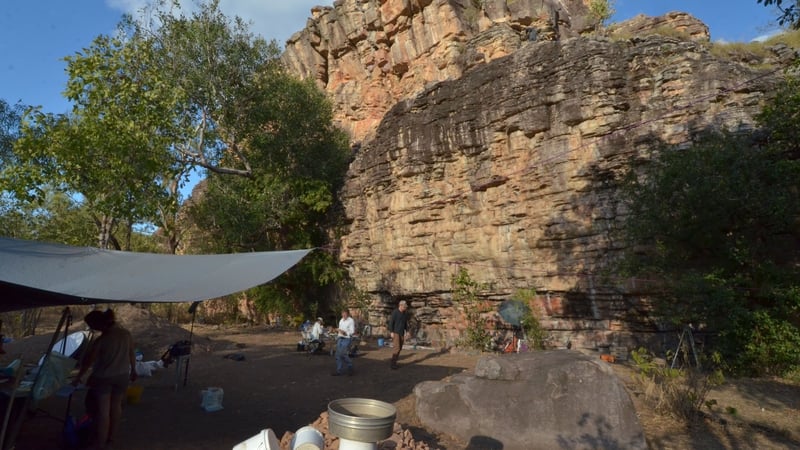




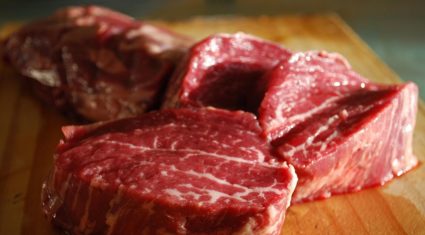










 SATURN AND MOON — JULY
SATURN AND MOON — JULY 























